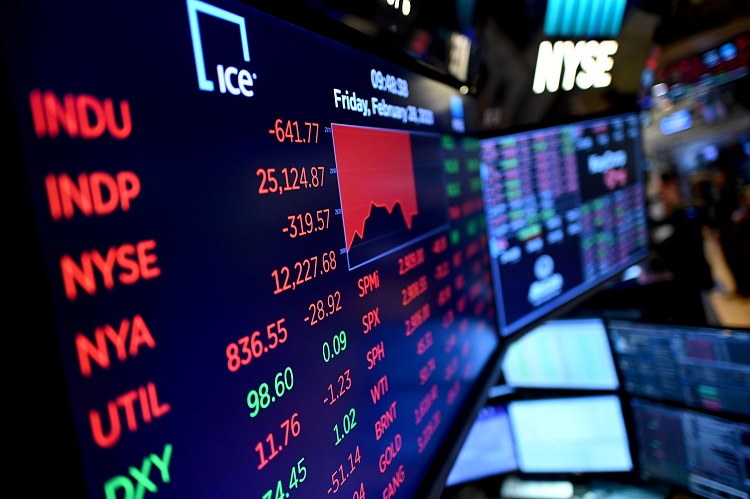Delve into the vibrant global Indian Trading App that has flourished for centuries. Embark on an adventure through history, lifestyle, and trade as we discover the colorful tapestry of Indian trading. From ancient instances to the present day era, Indian buying and selling have played a good sized position in shaping India’s identity and its contributions to the worldwide financial system.
Origins of Indian Trading
Tracing lower back to historical instances, Indian trading has a rich history that dates back to the Indus Valley Civilization. The Harappan civilization, one of the earliest buying and selling hubs, set up robust trade networks in different areas. As centuries passed, India have become a vital conduit for the Silk Road and spice exchange, with commodities consisting of silk, spices, and textiles making their manner throughout continents.
However, Indian trading saw a significant transformation with the arrival of European powers. The colonization of India facilitated the establishment of trading outposts and the emergence of the British East India Company. This marked a crucial turning point in Indian trading, as it grew increasingly intertwined with global trade networks.
Intricate Networks and Trading Hubs
India boasts a myriad of bustling trading hubs throughout its history. The historic port cities, such as Mumbai, Chennai, and Kolkata, served as vibrant epicenters of trade. These cities not only facilitated the exchange of goods but also became melting pots of diverse cultures and communities.
In addition to the port cities, India’s trading infrastructure also comprised “mandis” and wholesale markets stock market api. These well-organized trade and exchange systems dotted across the country catered to the needs of various regions. Each mandi had its unique characteristics, influenced by local traditions and commodities.
Furthermore, indigenous trade routes played a vital role in connecting different parts of India. These lesser-known routes, such as the Silk Route, Sahyadri Route, and the Grand Trunk Road, fostered interregional trade and cultural exchange. They were not merely trading routes but served as arteries that pumped life into the diverse communities along the way.

